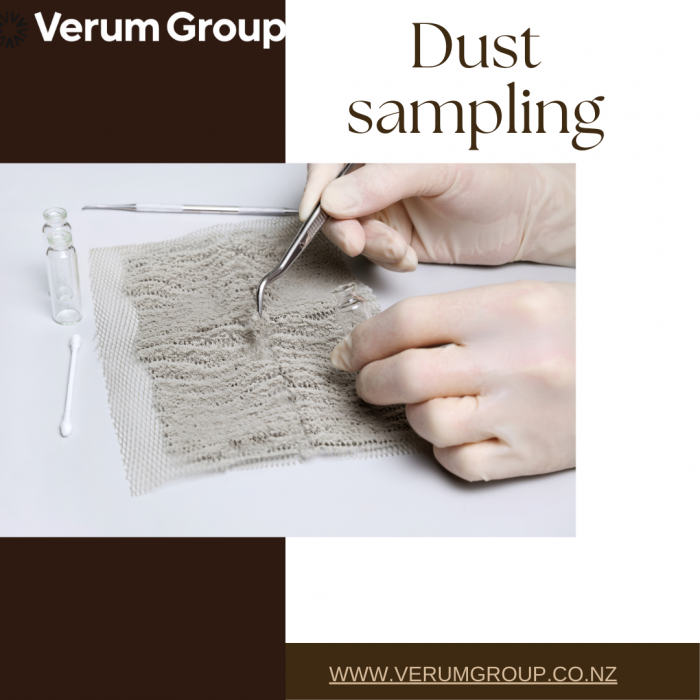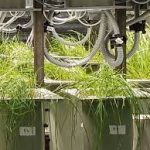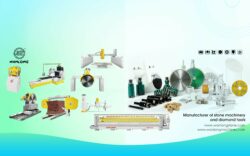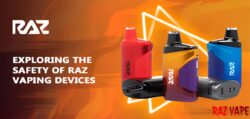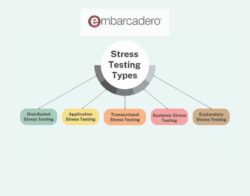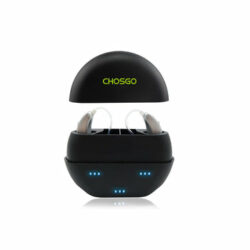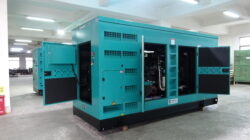Preventing Workplace Health Hazards Through Proactive Dust Sampling
Dust is a typical result of many occupational tasks and, if not adequately handled, can represent considerable health concerns to workers. Proactive dust sampling is one method for monitoring and controlling dust levels in the workplace. Proactive dust sampling can assist prevent workplace health concerns by identifying and treating dust hazards before they become an issue.
The Advantages of Preventive Dust Sampling
Implementing a proactive dust sampling program in the workplace has various advantages. First and foremost, it can aid in worker health protection by identifying and mitigating potential hazards. Employers can detect places where dust levels are greater than recommended limits and take actions to resolve the issue before it causes health problems for workers by frequently monitoring dust levels.
Proactive dust and odor sampling can also assist organizations in meeting regulatory standards. Many industries have specific restrictions regarding dust exposure levels, and proactive sampling can help companies ensure that these regulations are met.
Furthermore, proactive dust sampling can assist employers in identifying areas of the workplace where dust is being generated inadvertently. Employers can save money on cleaning and maintenance expenditures while enhancing worker safety by identifying these places and taking actions to limit dust creation.
Putting a Proactive Dust Sampling Program in Place
Employers should first identify the areas of the workplace where dust is likely to be created before implementing a proactive dust sampling program. This could include places where materials are chopped, ground, or sanded, as well as places where machinery is used.
Employers should then create a sampling plan outlining the frequency and locations of dust sampling. This plan should be based on the sort of job being done, any identified possible dangers, and any regulatory requirements.
Employers should do regular dust sampling using proper equipment and sample methods once the sampling plan is in place. A reputable laboratory should then examine the gathered samples to determine the dust composition and concentration levels.
Taking Action in Response to Dust Sampling Results
Employers should take suitable actions to control dust levels in the workplace based on the results of the dust sampling. Implementing engineering controls such as ventilation systems, utilizing personal protective equipment such as respirators, or changing work behaviors to decrease dust creation are examples of such measures.
It is vital to highlight that proactive dust sampling is a continuous activity rather than a one-time event. Employers should examine and update their sampling strategies and control mechanisms on a regular basis to verify that they are still effective.
For More Info:-https://www.verumgroup.co.nz/activities/monitoring
